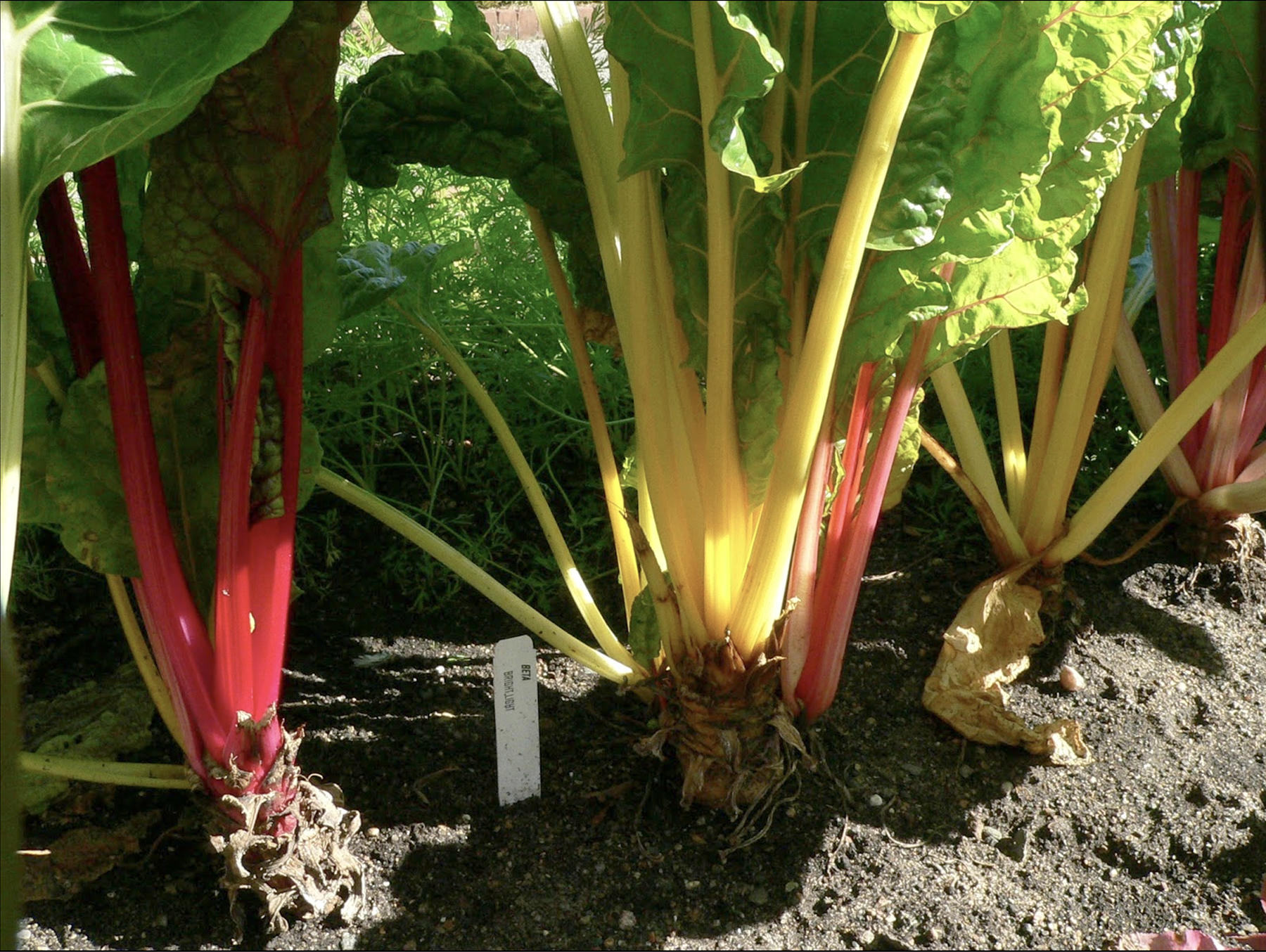Yard to Table 101: Planting warm season vegetables
Hurrah! Here we are in mid-May...and either the last spring frost date has passed where you live, or it's just about to. If you don't know what date that is, check out this interactive map by the Midwestern Regional Climate Center. Or this DNR map of frost dates based on average temperatures.
Once you get over that temperature hurdle, it is time to plant warm season fruits and vegetables in your garden.
Welcome to Part 3 of our "Yard to Table" series of articles that will help you get growing vegetables—even if you’ve never planted seeds before!
(Look for Part 1 and Part 2 links in "Resources" at the end of this article.)
Is it time to plant warm season veggies?
Timing is everything in the vegetable garden. Planting seeds at the right time ensures a bountiful harvest, and northern gardeners should be especially cautious about cold weather.
Each crop has its own needs, including tolerance of cold temperatures. Take a few minutes and check out this Extension chart.
Warm season crops like tomatoes, peppers, and cucumbers do best when the soil is closer to 60 degrees. Typically, at the middle of May to early June is a good time to plant warm season vegetables.
Transplants
Many warm season crops need a long growing season. In other words, you can't start them by directly planting seeds in your garden because they won't mature by the end of the growing season.
Buying starter plants or "transplants" at your local nursery or garden center is a great way to give your plants a head start, which is a key benefit when considering Minnesota's short growing season. Here's a list of some of the vegetables you can grow by transplants:
- tomatoes
- peppers (both sweet and hot varieties)
- broccoli
- cabbage
- eggplant (early June)
You can direct seed these vegetables:
- beans
- squash (summer and winter)
- pumpkin
- cucumbers
- muskmelon
- watermelon
- radishes
- carrots
- beets
The last three on that list--radishes, carrots and beets--actually do not tolerate transplanting and will need to be direct seeded in order to grow successfully.
Support your garden vegetables
Many varieties of peas and beans need something to climb. Vine crops like squash, melons and cucumbers can produce straighter, cleaner fruit if they can grow "up" on a trellis.
Tomatoes, too, have their own structural needs. They will sprawl along on the ground unless you give them a stake or cage--their fruits will be cleaner and less likely to rot or become food for slugs.
Read more about it here: Trellises and cages to support garden vegetables
Watering
It's nearly impossible to grow vegetables successfully without watering. A lack of water can have a major impact on plants, even if it is just for a few days.
Learn more about how to water wisely:
Watering the vegetable garden
How to control weeds
It's pretty hard to avoid weeds most times. All soils in Minnesota contain weed seeds. And competition from these unwanted plants can reduce the amount of vegetables your garden will produce in the garden.
Here's how to keep weeds in check:
- Weed early, weed often.
- Don't let weeds flower and set seeds.
- Use a hoe of some kind to lightly scrape around your plants and in the areas between the rows. This eliminates the seedlings when they are still to small to pull by hand.
- Avoid chopping or scraping too deeply--or you may harm the roots of your vegetable plants.
- Almost any kind of mulch can help you battle weeds: grass clippings (but not if you've sprayed herbicide on your lawn recently), wood mulch, plastic mulches, straw, etc.
Read more about it: Select the right vegetable garden mulch
Keep at it, and those vegetables will grow tall and strong in your garden!
What about insects and diseases?
Using good practices throughout the growing season can reduce many common diseases in the vegetable garden. Diseases are easier to deal with if you identify them early. So be sure to scout for problems--examine your plants once a week.
Read more here:
Growing Healthy Vegetables
Got an insect problem? Your first task is to identify them.
Read more here:
Fruit and vegetable insects
Resources
Be sure to take a good look at the Vegetable pages on our Extension website. You can also read Part 1 and Part 2 of this series for beginning vegetable gardeners:
Yard to Table 101: Take your first steps to 'Homegrown' Veggies!
Yard to Table 101: Plant some cool season vegetables now
And if you have any questions, just Ask Extension or go to our website: Yard and Garden and search for information.
Next time...we'll tell you all about growing tomatoes. Happy growing!

